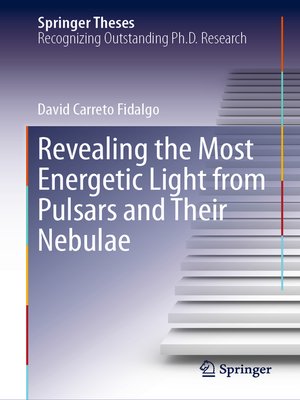Revealing the Most Energetic Light from Pulsars and Their Nebulae
ebook ∣ Springer Theses
By David Carreto Fidalgo

Sign up to save your library
With an OverDrive account, you can save your favorite libraries for at-a-glance information about availability. Find out more about OverDrive accounts.
Find this title in Libby, the library reading app by OverDrive.



Search for a digital library with this title
Title found at these libraries:
| Library Name | Distance |
|---|---|
| Loading... |
This book reports on the extraordinary observation of TeV gamma rays from the Crab Pulsar, the most energetic light ever detected from this type of object. It presents detailed information on the painstaking analysis of the unprecedentedly large dataset from the MAGIC telescopes, and comprehensively discusses the implications of pulsed TeV gamma rays for state-of-the-art pulsar emission models. Using these results, the book subsequently explores new testing methodologies for Lorentz Invariance Violation, in terms of a wavelength-dependent speed of light. The book also covers an updated search for Very-High-Energy (VHE), >100 GeV, emissions from millisecond pulsars using the Large Area Telescope on board the Fermi satellite, as well as a study on the promising Pulsar Wind Nebula candidate PSR J0631.
The observation of VHE gamma rays is essential to studying the non-thermal sources of radiation in our Universe. Rotating neutron stars, also known as pulsars, are an extreme source class known to emit VHE gamma rays. However, to date only two pulsars have been detected with emissions above 100 GeV, and our understanding of their emission mechanism is still lacking.
The observation of VHE gamma rays is essential to studying the non-thermal sources of radiation in our Universe. Rotating neutron stars, also known as pulsars, are an extreme source class known to emit VHE gamma rays. However, to date only two pulsars have been detected with emissions above 100 GeV, and our understanding of their emission mechanism is still lacking.







